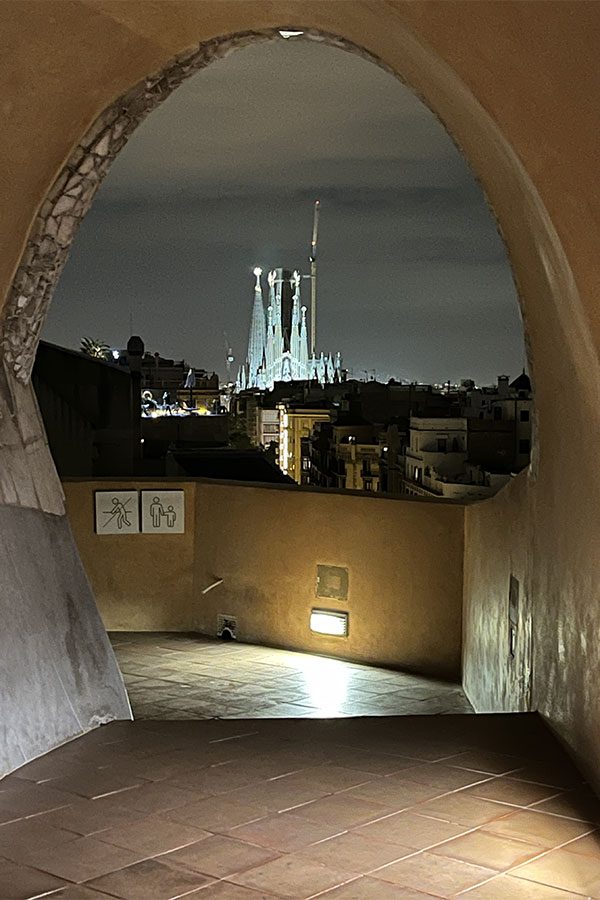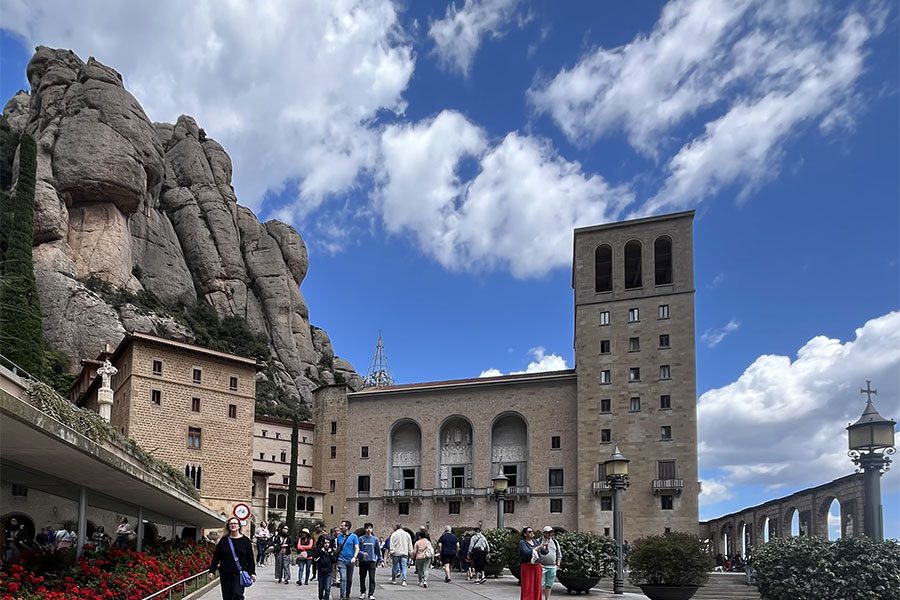There are many reasons to search for alternatives to air travel – Anna Selby looks at getting to the Med another way.
Let’s face it, airports these days can be a bit hit or miss. It’s hard to believe – and admittedly it was decades ago – there was a time when air travel was regarded as glamorous. Now it spurs thoughts of queues, disrobing at security and waiting in overcrowded terminals with overpriced restaurants. That’s before we even get to the very real nervousness many people have when it comes to flying.
There are, though, other options. Eurostar was a major breakthrough in this respect when it opened its first route to Paris, then Brussels and (now thankfully reopened) Amsterdam. You don’t, however, have to stop there. You can head due south and find yourself on the shores of the Med without ever stepping on to a plane and, with your bags remaining with you at all time, no risk of your luggage ending up in Berlin instead of Barcelona.
City centre to city centre
One of the great advantages of train travel is not having to schlep out to an airport. Train stations, especially the major hubs, are right in the centre of major cities. Getting the Eurostar from St Pancras is, compared to travelling to London’s various airports, a piece of cake. From there to Paris is just two and a half hours or so and, after that, it’s the TGV from the Gare de Lyon all the way down to Barcelona.
The train does, in fairness, take most of the day (we arrived at 4.30pm after a 9.40am start) but then all you have to do is relax, read and gaze out of the window at the ever-changing countryside. The TGV travels at speed – that is, after all, its name, Train a Grande Vitesse. The maximum speed is around 200mph and that may sound like you’re travelling too fast to see much but this is not, in fact, the case. TGVs are two-storey and, if you sit on the top floor, you don’t just take in the immediate view, but you get to see quite a distance, too.
It’s fascinating to watch the country unfold before your very eyes. Starting in the centre of Paris, you pass through green forests and vast tracts of wheat, on to fields where creamy Charolais cattle drowse in the sunshine, past rows of vines in ranks behind banks of scarlet poppies and pink rock roses. You can see the distant hill towns of the Massif Central, the southern towns of Nimes, Montpelier and Sete where the sea meets the marshes before you’re into Spain and down to sunny Barcelona.
Barcelona and beyond




It’s a city that needs little introduction, of course, and there’s so much to do and explore. For those with a love of history and architecture, the work of Antonio Gaudi is a must-see. His most famous work is La Sagrada Familia cathedral (finally due for completion in a couple of years – after some 144 since it was begun) but this is by no means the only one to visit and I spent a wonderful evening at his house, La Pedrera, also known as Casa Mila, where they have a unique light show on the roof, Gaudi’s cathedral standing out against the night skyline.
The arts are everywhere in this city and I took in a flamenco show at the Palau de la Musica, a stunning Art Nouveau gem built by Gaudi’s contemporary, Lluis Domenech I Montaner. Another day, I visited the Picasso Museum in the atmospheric Gothic Quarter and the Miro Museum up on the hillside in Montjuic, a stone’s throw from where I was staying at the Hotel Brummel. This was a delight from its friendly staff to its lovely courtyard where breakfast was accompanied by the calls of dozens of swifts cutting through the air above me. In my room up on the top floor, I was lucky enough to have a terrace with not just views but a sunken outdoor bath!






Of course, you don’t have to be a culture vulture all the time. There are fabulous indoor food markets to explore, the long street of La Rambla, famous for its stalls (and also sadly its pickpockets) not to mention 4.5km of sandy beach fronted with cafés and restaurants where you can idle away a couple of hours in the sun, enjoying the freshest of fish or a glass of Barcelona’s most famous drink, Cava. Venturing beyond the city limits – by train, of course – you can explore the mountains of Monserrat and its magnificent abbey, or discover the Roman treasures of nearby Tarragona. And then it’s back on the last train for that relaxing homeward journey.
Next steps
For more information or to plan your European city break by train, call Silver Travel Advisor on 0800 412 5678.











